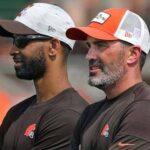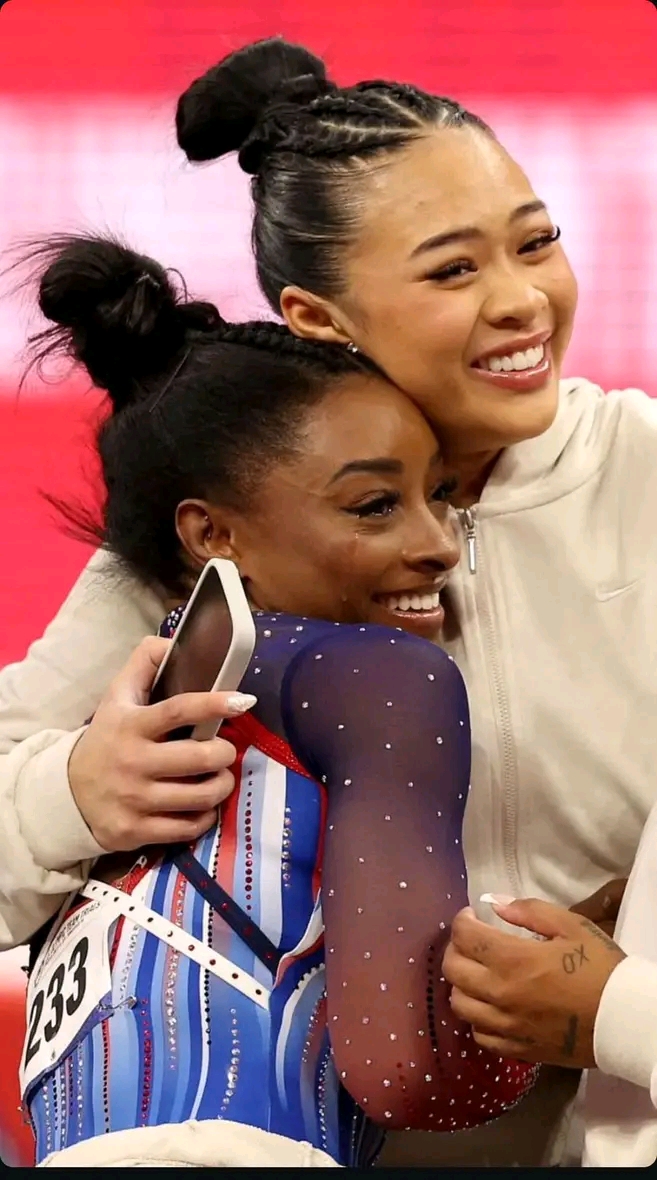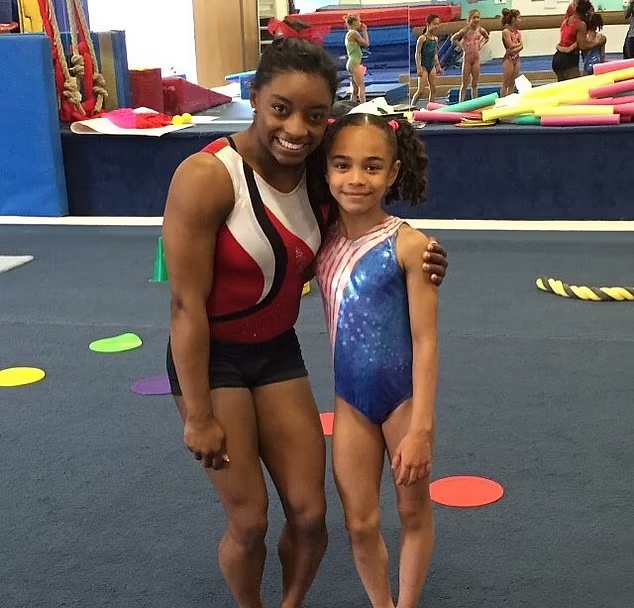MINNEAPOLIS — Call it carnage, chaos or just plain bad damn luck, the four women who join Simone Biles at the Paris Olympics might wind up being whoever’s healthy enough to make the trip.
In a 30-minute span Friday night, Shilese Jones suffered a knee injury that limited her to one event and Kayla DiCello was knocked out with an Achilles injury. Meanwhile Skye Blakely, a member of the U.S. teams that won gold at the last two world championships, was hobbling around the floor on crutches because of the ruptured Achilles that occurred during training two days earlier.
While Biles and the other gymnasts might do super-human things, they have feelings, too, and they couldn’t help but be affected by the bad juju hanging like a cloud of fog over the floor. Biles dropped an F-bomb after botching her beam routine. It’s a wonder Suni Lee stayed on the beam after landing off-balance on her flight series.
Get Olympics updates in your texts! Join USA TODAY Sports’ WhatsApp Channel
And on and on it went.
“It’s always hard to see one of your teammates getting hurt, and it’s the second one this week,” Laurent Landi, who coaches Biles and Jordan Chiles, said.
Actually, it’s three. But the point is made.
Injuries happen in all sports and you cannot predict the timing of when they happen. But these seem particularly cruel, occurring at the end of a four-year stretch that has challenged athletes as much mentally as it has physically.
The last Olympics was postponed because of COVID and, when they finally did take place, did so without fans and in conditions so restrictive family and friends weren’t even allowed to go. Then came a condensed preparation for these Games, three years instead of the usual four. Athletes who might have moved on stuck around, creating even stiffer competition for a team that’s always among the most difficult to make.
Then you add the normal angst that accompanies Olympic trials, the goal you’ve had your entire career so close you can practically touch it.
“This is the most stressful one I’ve done in my whole entire career. Because it’s that one you either find out you make it or you don’t,” Chiles said.
Get through it, however, and the reward is not just a normal Olympics but one in Paris, one of the world’s most spectacular cities.
And then injuries threw it all into turmoil.
“You don’t want that to be you,” Chiles said. “Of course it was in my mind, but I tried to put that in the back of my brain because I don’t want to think about that. We can only control what we can. And at the end of the day, whatever happens, that’s what happens.”
What makes this so devastating, besides everything, is that the U.S. women’s team had seemed, if not set, taking very firm shape after the national championships four weeks ago. Biles, of course, who at 27 is better than she’s ever been. Better even than in 2016, when she won four Olympic gold medals.
Then Jones, an all-around medalist at the last two world championships who had used personal tragedy as fuel for this Olympic run. Blakely. Lee, the Tokyo all-around gold medalist who has made a remarkable comeback from two kidney ailments that had her not wanting to get out of bed six months ago. Chiles, who has been improving so rapidly you can almost see the progress in real time.
Maybe DiCello, the all-around champion at the Pan American Games and a Tokyo alternate. Or Tokyo floor gold medalist Jade Carey.
And now it’s all been thrown out of whack.
Kayla DiCello, shown here being taken off the floor after falling on vault, is one of several contenders knocked out by injuries at the U.S. Olympic gymnastics trials.More
Blakely’s Olympic run was done and now DiCello’s is, too. Jones just needed to compete at trials to be considered for the team and her routine on uneven bars, her signature event, was spectacular. Even without her full difficulty, she scored a 14.675, the third-highest score of the entire meet behind Biles’ 15.975 for her monster Yurchenko double pike and her 14.85 for her dazzling floor routine.
But will Jones be able to do more Sunday, the second night of competition? Neither she nor her coach was available after the competition so it’s not clear what her injury is or, more relevant, the prognosis. Is her injury significant enough it would still limit her in Paris? Keep her from training long enough that she’ll still be working herself back into shape when the flame is lit? And that’s just her knee. What about the shoulder injury that kept Jones out of the national championships?
Qualifying at the Olympics is exactly a month away, July 28, so these are not theoretical questions.
“It has to be in this moment, right? Because three days from now, two weeks from now, anything can happen,” Alicia Sacramone Quinn, who is the high-performance strategic lead for the U.S. women’s program and a member of the selection committee, said earlier this week.
“We always have to look at what’s being done right now in front of us, because that’s what we can actually bank on,” Sacramone Quinn said. “We look at what they have done and what they did most recently, which is these two competitions.
Sometimes athletes take themselves out of the mix. They have a bad day. They run out of gas. They make a miscalculation. Sometimes they simply get beat. All of those things sting, too.
But not as much as not even having the chance to try. Which is what made Friday night so gut-wrenching to watch. Olympic trials, indeed.





